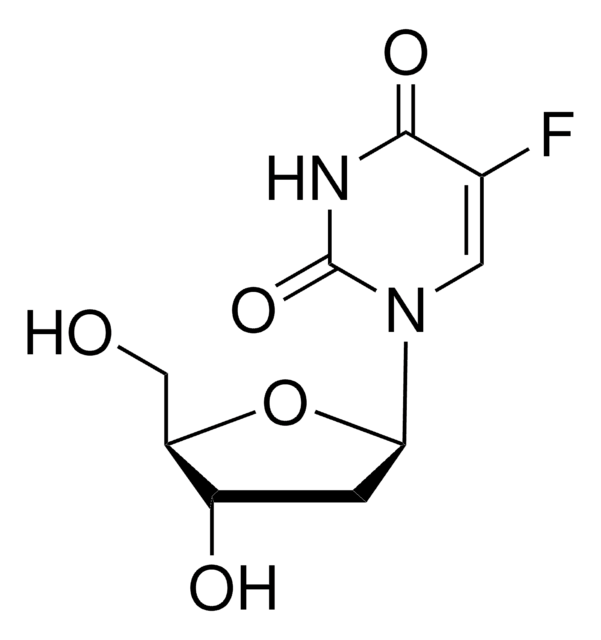추천 제품
생물학적 소스
human
Quality Level
재조합
expressed in E. coli
형태
lyophilized powder
품질
essentially salt free
분자량
8-15 kDa
포장
pkg of 0.5 mg
기술
cell culture | mammalian: suitable
표면 범위
0.45 μg/cm2
solubility
Tris-buffered saline: soluble 1.00-1.10 mg/mL, clear, colorless
UniProt 수납 번호
배송 상태
ambient
저장 온도
−20°C
유전자 정보
human ... FN1(2335)
일반 설명
Recently a new region, type III1 repeat cloned from human placenta cDNA, was reported to participate in matrix formation. In an experiment employing antibodies for the analysisof fibronectin domains required for matrix assembly, the epitope that inhibited binding and insolubilization of labeled plasma fibronectin by fibroblasts, was identified on the type III1 and type I modules of fibronectin. This suggested a role for type III1 and type I in the mediation of fibronectin assembly. This finding was further supported by the ability of the 14 kDa fragment from the first two type III repeats of fibronectin to inhibit fibronectin matrix assembly.4 Recently recombinant fragment III1-C, modeled after the C-terminal two-thirds of the III1 repeat, was found to bind to fibronectin and induce spontaneous disulfide crosslinking of the fibronectin molecules into multimers, which resemble matrix fibrils
애플리케이션
생화학적/생리학적 작용
포장
Storage Class Code
11 - Combustible Solids
WGK
WGK 3
Flash Point (°F)
Not applicable
Flash Point (°C)
Not applicable
개인 보호 장비
Eyeshields, Gloves, type N95 (US)
시험 성적서(COA)
제품의 로트/배치 번호를 입력하여 시험 성적서(COA)을 검색하십시오. 로트 및 배치 번호는 제품 라벨에 있는 ‘로트’ 또는 ‘배치’라는 용어 뒤에서 찾을 수 있습니다.
이미 열람한 고객
문서
Fibronectin (FN) is a multifunctional, extracellular plasma glycoprotein produced by hepatocytes that circulates at near micromolar concentration and assembles into extracellular matrix fibrils at cell surfaces along with locally produced cellular FN.
Cancer stem cell media, spheroid plates and cancer stem cell markers to culture and characterize CSC populations.
Cancer stem cell media, spheroid plates and cancer stem cell markers to culture and characterize CSC populations.
Extracellular matrix proteins such as laminin, collagen, and fibronectin can be used as cell attachment substrates in cell culture.
프로토콜
Dilute fibronectin to the desired concentration. Optimum conditions for attachment are dependent on cell type and application. The typical coating concentration is 1 – 5 ug/cm2.Fibronectin coating protocol, products, and FAQs at sigmaaldrich.com
Dilute fibronectin to the desired concentration. Optimum conditions for attachment are dependent on cell type and application. The typical coating concentration is 1 – 5 ug/cm2.Fibronectin coating protocol, products, and FAQs.
자사의 과학자팀은 생명 과학, 재료 과학, 화학 합성, 크로마토그래피, 분석 및 기타 많은 영역을 포함한 모든 과학 분야에 경험이 있습니다..
고객지원팀으로 연락바랍니다.



